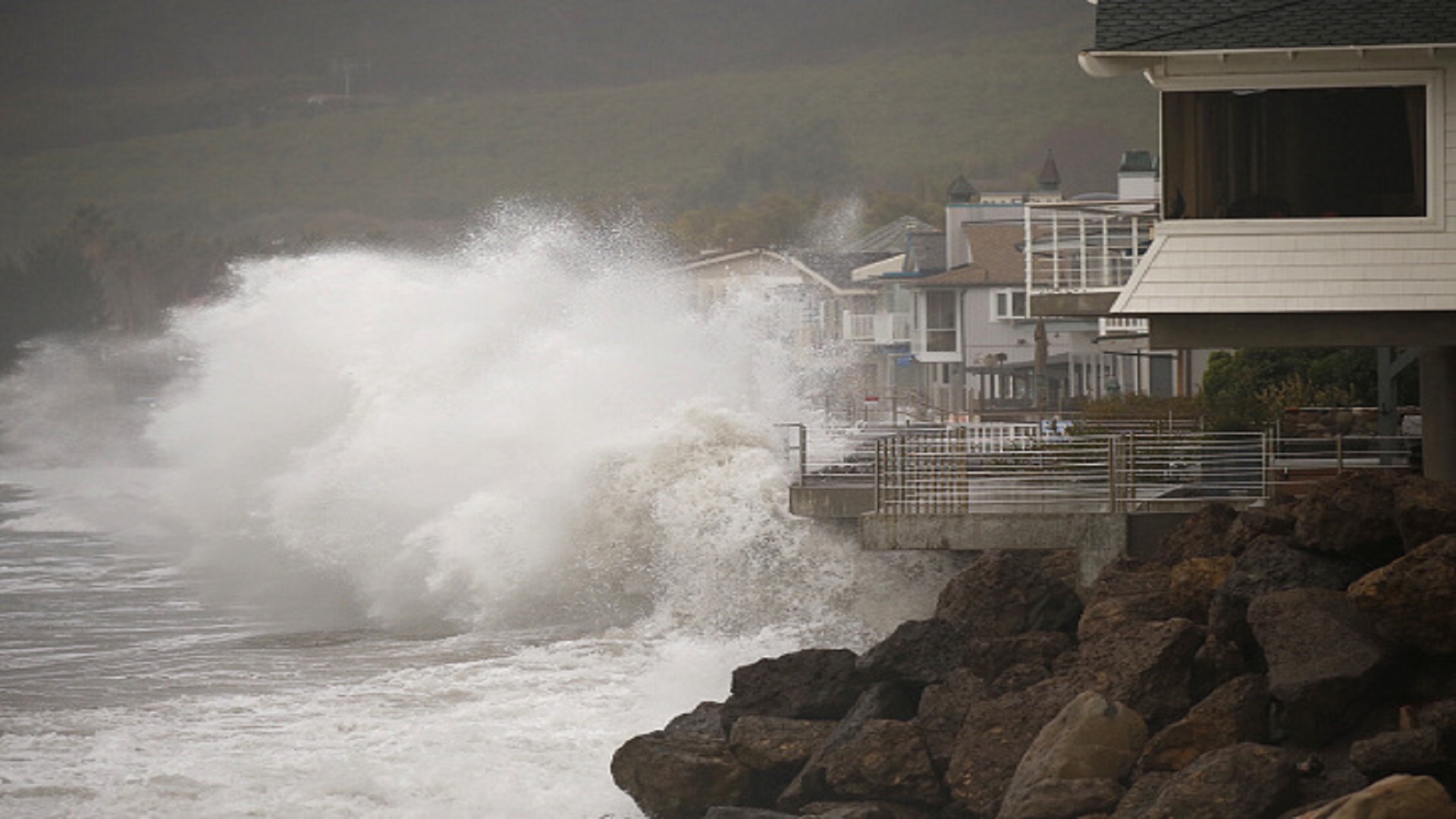Deadly 'El Niño' strikes Tanzania in hours: Understanding the Phenomenon

Shafaq News/ 155 people died in Tanzania due to heavy rains linked to the "El Niño" climate phenomenon, causing floods and landslides. At the same time, several countries in East Africa have recorded above-average rainfall in recent weeks.
This year's winter season it coincided with an El Niño event that started in mid-2023 and may continue until May, according to the World Meteorological Organization on March 5.
The El Niño phenomenon occurs every two to seven years and is characterized by warm cycles in the Pacific Ocean that have varying effects worldwide. In addition to raising temperatures, El Niño can cause droughts and heavy rainfall in some areas.
Initially identified by fishermen off the coast of South America, El Niño refers to the appearance of hot waters in the Pacific Ocean near the beginning of the year. The name "El Niño" means "the little boy" or "Christ child" in Spanish, as this phenomenon often coincides with Christmas celebrations.
What is El Niño?
NASA's Earth Observatory website states that during El Niño, surface waters in the central and eastern Pacific Ocean become warmer than usual. This change is closely linked to atmospheric changes and winds blowing across the vast Pacific Ocean.
The eastward winds blowing from the Americas towards Asia can turn westward, reducing the upwelling of cold water from the ocean floor to the surface. This disrupts or reverses ocean currents along the equator and the western coast of South and Central America.
The air circulation over the tropical Pacific Ocean responds to this massive redistribution of ocean heat. Typically, high-pressure solid systems weaken in the eastern Pacific Ocean, altering the atmospheric pressure balance across the eastern, central, and western Pacific Ocean.
This leads to increased sea surface temperatures across the Pacific Ocean, raising the atmosphere's temperature above it.
Different Effects
Due to the vastness of the Pacific Ocean, covering a third of the planet, these changes in wind and moisture patterns affect the entire world.
El Niño is one of Earth's most significant weather-producing phenomena, disrupting weather patterns and marine fisheries along the western coasts of the Americas. It often brings heavy rain and snow to the dry regions of Peru, Chile, Mexico, and the southwestern United States, causing deserts to bloom with flowers. Meanwhile, typically moist areas like the Brazilian Amazon and the northeastern United States experience prolonged dry spells.
Seven years ago, the recent El Niño event resulted in drought and food insecurity affecting tens of millions of people in South and East Africa.
El Niño occurs roughly every two to seven years, with the warm phase irregularly alternating with its cold counterpart, La Niña, a cooling phase in the eastern Pacific Ocean with contrasting effects.
El Niño typically peaks between November and January, although its buildup can be monitored months in advance, and its effects can last for months, spreading globally.
This year's winter season it coincided with an El Niño event that started in mid-2023 and may continue until May, according to the World Meteorological Organization on March 5.
In Kenya, at least 45 people have died since the start of the rainy season in March. Floods in Nairobi claimed 13 lives on Wednesday, and in Burundi, authorities reported 96,000 internally displaced people due to continuous heavy rains for several months.
This is not the first time East Africa has suffered from El Niño; in December, at least 89 people were killed in landslides and torrential rains in northern Tanzania, with over 300 fatalities in the region. In Somalia, floods displaced more than a million people.





